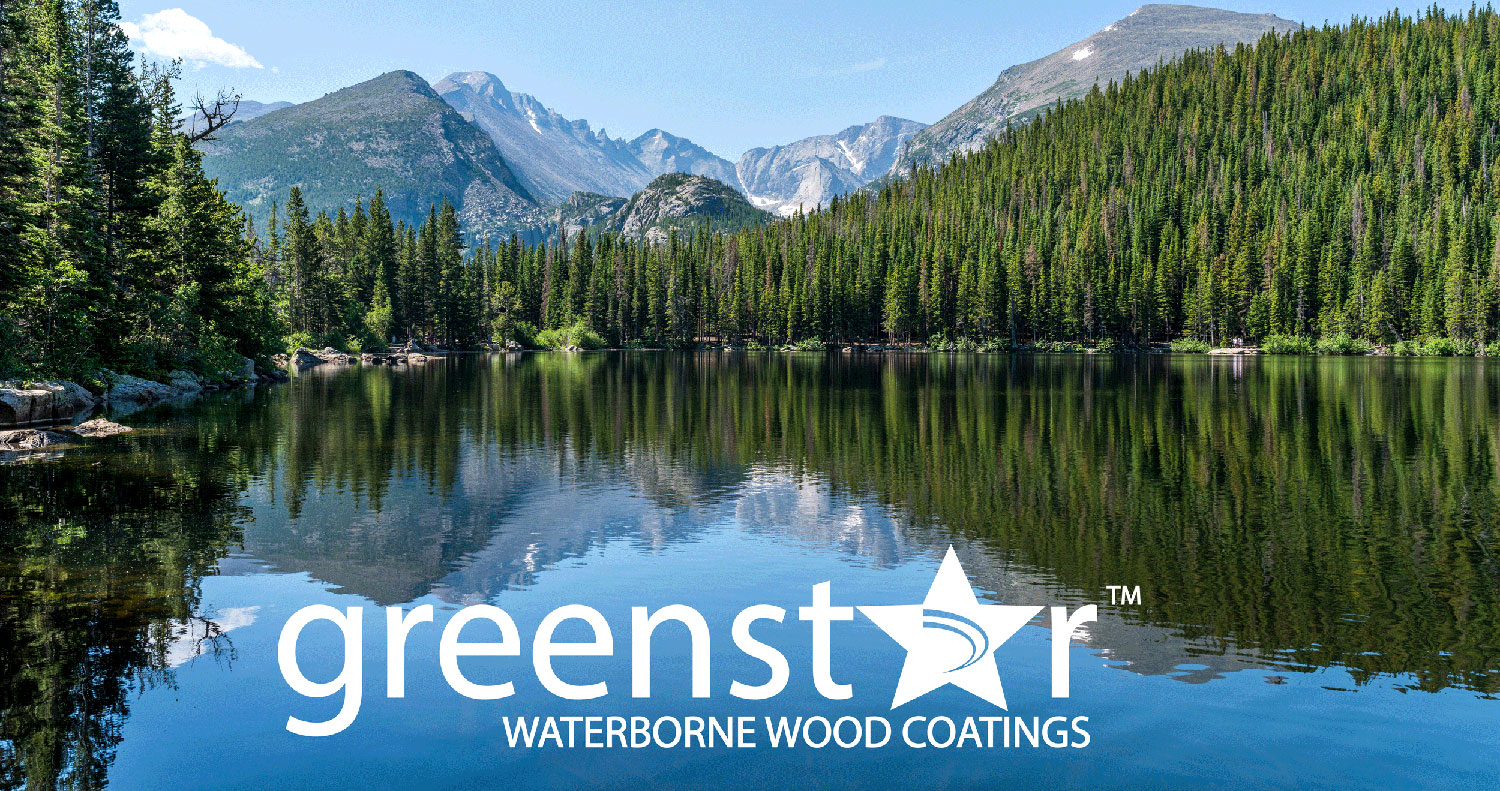When it comes to choosing greener options for wood coatings, waterborne is the number one option. It has been a slow transition from traditional solvent based products to those based in water, and there are a few reasons for this. The main reason is that there is definitely a learning curve with respect to the application of waterborne finishes. Oftentimes the demands of production leave little room for experimenting with new finishing procedures. However, this small amount of time spent on understanding application methods of waterborne wood finishing systems will have a massively positive impact of the health of applicators, end users, and the environment.
Within the industry, there are many different application methods, and waterborne wood coatings do not apply ideally at the same application settings as their solventborne counter-parts. The transition to a waterborne finishing system involves mild (but vitally important) changes to spray equipment settings. It should also be noted that they are designed to be applied at a higher viscosity than solventborne wood finishes. Not knowing this fact may causes applicators to over-reduce their waterborne coatings.
Here at KCI we have two families of waterborne wood coatings: AE Series AQUA-ELITETM and AX Series WOODGUARDTM. Both of these systems are designed to be spray ready and do not require any reduction. Over-reduction of a waterborne wood finish will often cause issues such as runs and sagging. When it comes to spray equipment setting here are some starting point guidelines listed below.
| Conventional Siphon Feed | Standard Pressure Pot | HVLP (suction feed) |
| Nozzle (0.060 to 0.080 inches) | Nozzle (0.060 to 0.080 inches) | Nozzle (0.061 to 0.072 inches) |
| Atomizing Pressure (25-40 psi) | Atomizing Pressure (25-40 psi) | Atomizing pressure (30-40 psi) |
| Pot pressure (7-10 psi) |
There is always a learning curve when introducing a new wood
finishing system, and the switch to waterborne is no exception. However, these
changes are miniscule and the switch from solvent to water will have a positive
impact on the health of workers, customers, and the environment.

